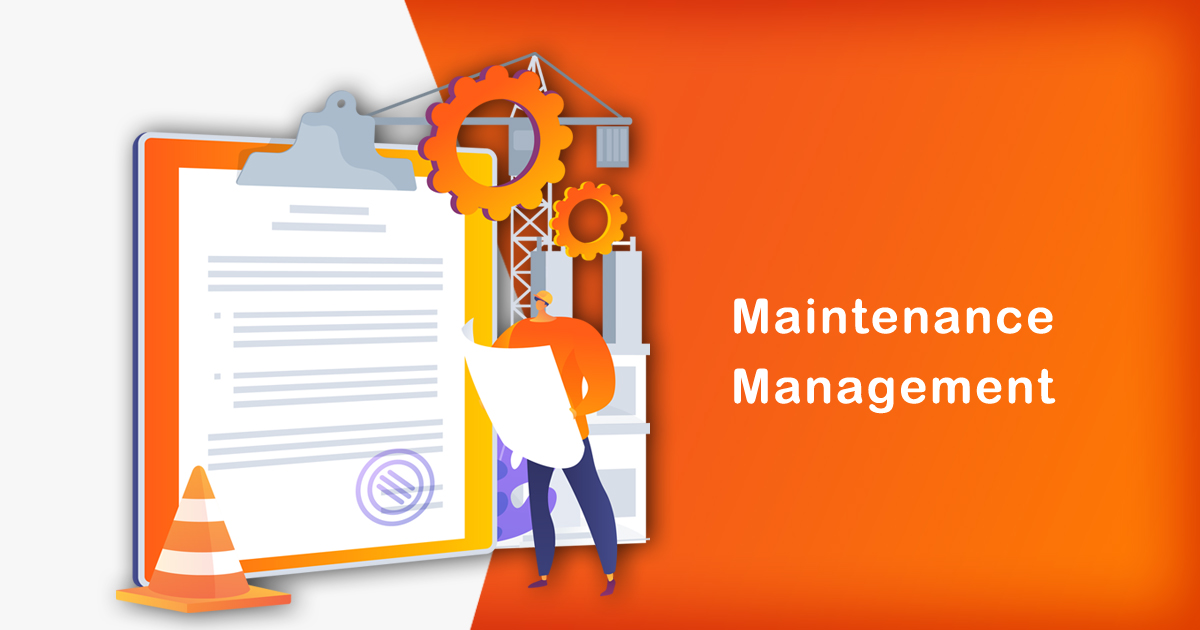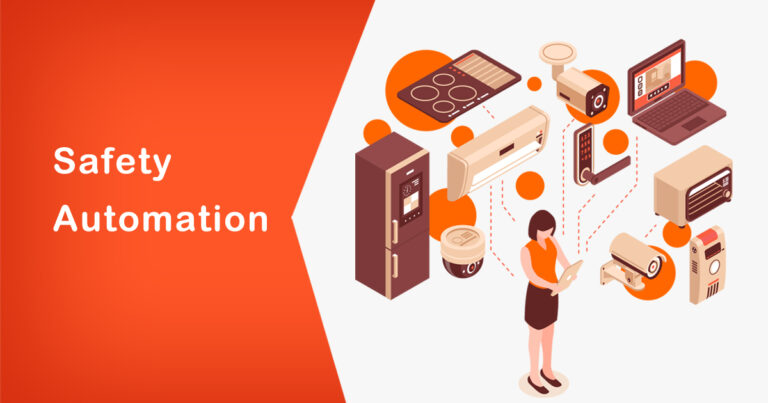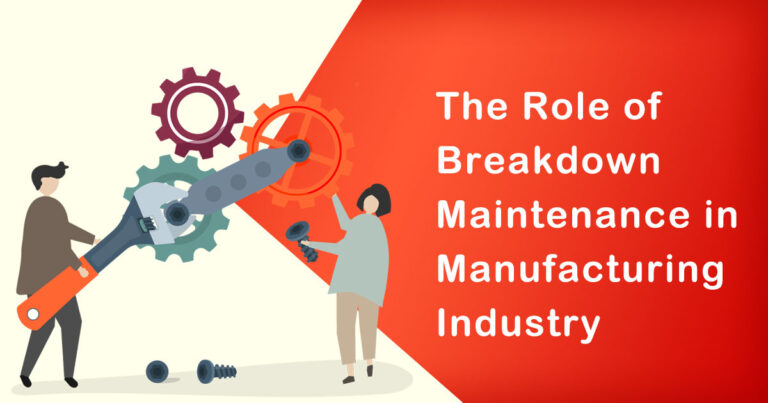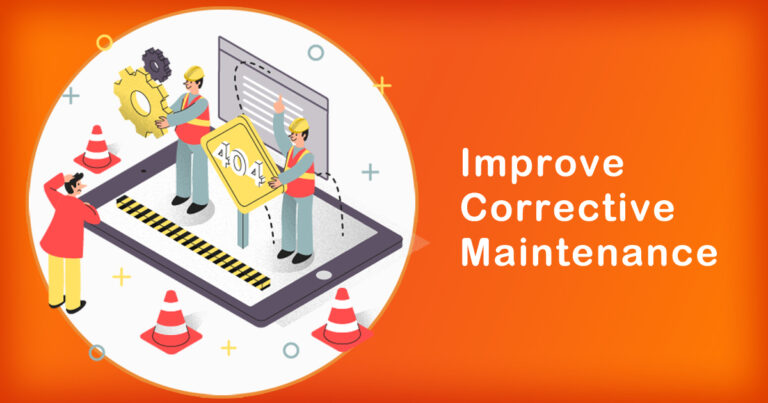Introduction
Maintenance management is a critical aspect of running any organization that relies on equipment, machinery, or other assets to operate. From factories and warehouses to hospitals and data centers, every organization needs to have a maintenance management plan in place to ensure the smooth functioning of their operations. In this blog, we will explore what maintenance management is, its importance, and how it works.
What is Maintenance Management?
Maintenance management can be defined as the process of maintaining and managing the assets and equipment of an organization to ensure their efficient and effective functioning. The objective of maintenance management is to keep the assets in optimal condition, reduce downtime, and extend their useful life while minimizing maintenance costs.
Maintenance management encompasses a wide range of activities, including planning and scheduling maintenance tasks, conducting regular inspections, identifying potential problems before they occur, and ensuring timely repairs and replacements.
The Importance of Maintenance Management
Effective maintenance management is crucial for the long-term success of an organization. Some of the key benefits of maintenance management are:
1. Increased Asset Life:
Regular maintenance helps to extend the useful life of equipment and assets, which in turn reduces the need for premature replacements and saves costs.
2. Reduced Downtime:
Scheduled maintenance helps to identify potential problems before they occur and minimize unplanned downtime, which can have a significant impact on production and revenue.
3. Improved Safety:
Proper maintenance ensures that equipment is safe to use, minimizing the risk of accidents and injuries.
4. Enhanced Efficiency:
Regular maintenance ensures that equipment and assets are operating at optimal levels, improving overall efficiency and reducing energy costs.
How Maintenance Management Works
Effective maintenance management requires a well-structured approach that involves several key steps, including:
1. Asset Inventory:
The first step in maintenance management is to create an inventory of all the assets and equipment that require maintenance. This includes identifying the critical assets, their location, and their maintenance history.
2. Maintenance Planning:
Once the inventory is created, the next step is to develop a maintenance plan that outlines the maintenance tasks, their frequency, and the resources required to perform them.
3. Preventive Maintenance:
Preventive maintenance involves conducting regular inspections and maintenance tasks to identify and fix potential problems before they occur. This includes tasks such as lubrication, cleaning, and calibration.
4. Corrective Maintenance:
Corrective maintenance involves repairing or replacing equipment that has failed or is not functioning properly. This includes tasks such as replacing faulty components, fixing leaks, and repairing or replacing damaged parts.
5. Maintenance Scheduling:
Maintenance tasks need to be scheduled to ensure that they are completed on time and do not interfere with production. This involves creating a schedule for planned maintenance tasks and ensuring that the resources required to perform them are available.
6. Maintenance Tracking:
Finally, maintenance tracking involves recording all maintenance activities, including inspections, repairs, and replacements, to maintain a complete maintenance history of each asset.
Conclusion
In conclusion, maintenance management is an essential aspect of running any organization that relies on equipment and assets to operate. It involves several key steps, including asset inventory, maintenance planning, preventive and corrective maintenance, maintenance scheduling, and maintenance tracking. Effective maintenance management can help to increase asset life, reduce downtime, improve safety, and enhance efficiency. By adopting a proactive approach to maintenance management, organizations can ensure that their assets are functioning optimally and contributing to their long-term success.








